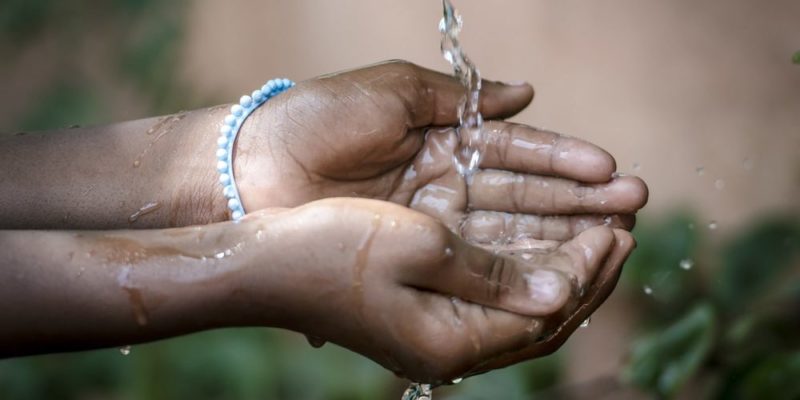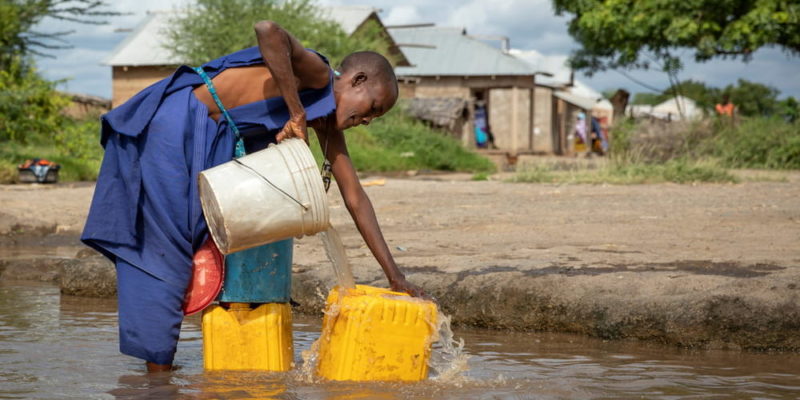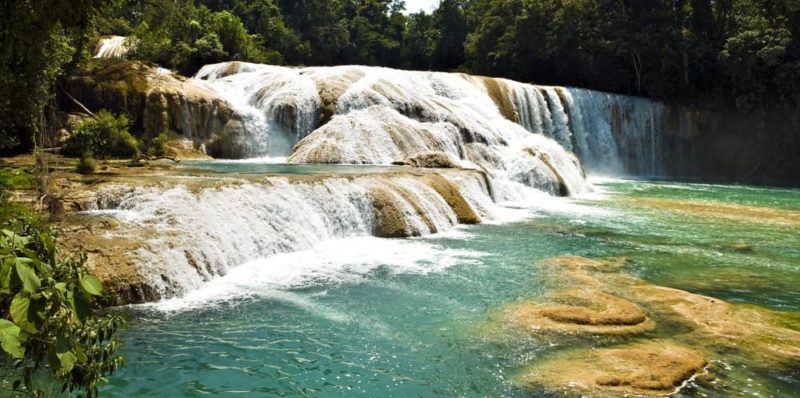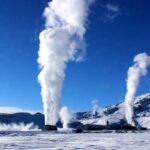We explain what water resources are, what types exist and what they are for. Also, various examples and water resources in Mexico.

What are water resources?
water resources are the deposits and inputs of fresh water that in different physical states and being available or potentially available, can be used by humans to satisfy some need.
It is one of the great natural resources of planet Earth. It is essential not only to sustain life, but to preserve the physical-chemical balance of the planet.
The quantity and disposition of water resources varies greatly depending on geographic region. While in some places it is wasted, in others it is a particularly scarce commodity.
In addition, there are different polluting agents and activities that threaten the preservation of water, and that require constant measures to keep them at bay.
It is known that two thirds of the Earth's surface is submerged, and that of that total water, 97.5% is contained in the seas and oceans, that is, it is salt water, the use of which requires additional activities such as desalination.
Therefore, hardly 2.5% of the planet's water is fresh water and, in turn, of this percentage, 68.9% is contained in the polar caps and glaciers of the planet, and another 30.1% in the aquifer deposits that are below the surface. Which leaves barely 0.4% of surface fresh water available for direct use.
See also: Renewable resources
Types of water resources

The water resources of a nation or a region can be found in different presentations, such as:
- Rivers and lakes Accumulations of stagnant or flowing fresh water that irrigate the continental shelf. Rivers are born in the ice that melts at the top of mountains, and lakes are stagnations of said waters.
- Groundwater Freshwater deposits underground, formed over long periods of time and with a greater or lesser degree of purity, depending on the underground environment in which they are found.
- Glaciers and perpetual snow Water at certain heights or at certain altitudes is exposed to temperature levels that lead it to physically change, thus forming ice, perpetual snow or icebergs.
What are water resources used for?
Water resources, in principle, do not have a specific use, since they are natural resources. But they can be used by humans for a diverse set of activities, such as:
- Agriculture For irrigation of plantations.
- Cattle raising To feed the cattle.
- Chemical industry To obtain hydrogen and oxygen, or to fuel other types of controlled chemical reactions.
- Urban consumption That is, to bring fresh water to our homes with which to cook, shower or clean ourselves.
- Mining. To separate valuable components from the rest of the soil.
- Energy industry. In hydroelectric or electric power plants, in which water vapor is used to generate electricity.
Importance of water resources

The importance of water resources exceeds the merely economic, commercial or industrial. It is not only a directly usable input, that is, something that we can take and transform into something else, but it is also It is an irreplaceable resource to perpetuate the different biochemical and biogeochemical cycles of the planet.
The water resources of a region also are a guarantee of the fertility of their lands, the stability of their climates and their biodiversity.
Examples of water resources
Lakes, rivers, deltas, large snow-capped peaks or underground aquifers are examples of water resources.
Mexico's water resources

The Mexican region, although it has enormous deserts, also has important water resources, including 320 hydrological basins such as those of the Yaqui, Fuerte, Mezquital, Lerma, Santiago and Balsas rivers, all slopes towards the Pacific Ocean; and the Bravo, Pánuco, Papaloapan, Grijalva and Usumacinta rivers, which flow into the Gulf of Mexico.
The Mexican nation takes good advantage of these resources through hydraulic works that store up to 125,000 million square meters of water corresponding to 34% of the annual runoff resulting from rain. Of this, 33% is used to supply water to the semi-arid regions of the north and 37% for electricity generation.
Continue with: Water care
References
- “Water resource” on Wikipedia.
- “Water resources management” at the World Bank (WB).
- “Water resource” (video) in Profe en c@sa.
- “Water resources” in e-ducativa (Spain).
- “Water resources and their use” in the Organization of American States (OAS).
- “Health in the development of water resources” in World Health Organization.





